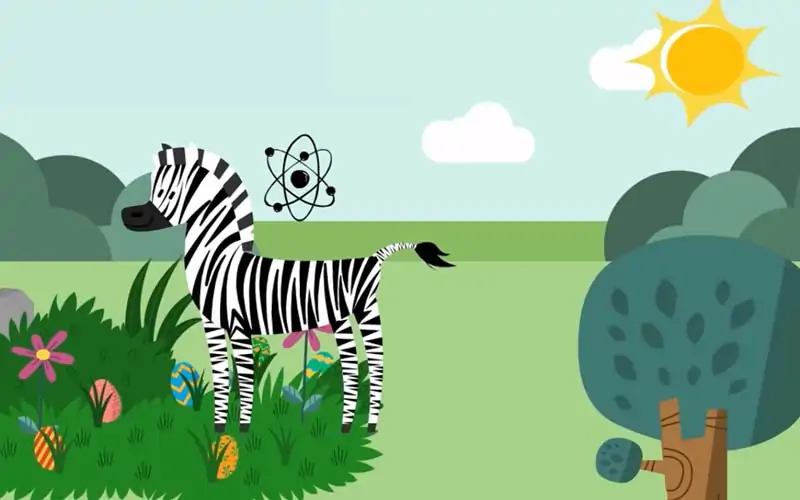Describe the synthetic characters of plant community.
The synthetic characters of plant community are:
Presence and Constancy: Presence and constancy describes about the distribution of species in a given area. Normally the species which occur 80-90% are referred to, as constant species.
Fidelity: It defines the degree to which the growth of a particular species is restricted in a given community. The species which shows higher fidelity, are restricted to lesser number of communities. When the fidelity is less the plant is found in various communities.
Dominance: Some species out number the other simultaneously growing species in their struggle for existence. They are large in number and also highly successful in growing in a particular area. These are known as dominant species. They suppress the growth of other species growing in the same locality.
Physiognomy and Pattern: The dominant species of an area gives an idea about the growth form present there. Pattern indicates the occurrence of plants in groups, individuals, scattered or clusters.
Frequency: It is often expressed in percentage. It indicates the dispersion of a particular species in a given community area. The species which is present in abundance will be considered having a higher frequency.
Importance Value Index or IVI: The factors like frequency, dominance and occurrence, individually does not give complete idea about the ecological significance of the species. To get the complete picture of the ecological and sociological significance of the plant species the percentage value of relative frequency, relative density and frequency are added and the value obtained out of three hundred (300) is called importance value index or IVI.
Species Diversity: The diversity is a very basic feature of a community. The easiest way to measure species diversity is to enumerate the number of available species in a given area. This is a very tedious task and for a correct assessment in a large community like forests it may even take years.





